Время работы Центра: 8.30 – 16.00 (кроме субботы и воскресенья).
Необходимые документы: Паспорт гражданина Российской федерации (для проведения исследований на ВИЧ-инфекцию, сифилис — Rw, гепатиты).
Кроме того, обследования можно пройти анонимно, но в данном случае, результаты не будут приниматься в условиях прохождения комиссий, оперативных вмешательств и донорских пунктах.
Особые условия для проведения исследований
Иммунный статус, Биохимический анализ крови, Общий анализ крови — с 08:30 до 10:00 (кроме субботы и воскресенья), натощак (на голодный желудок — минимум 12 часов).
ИФА-диагностика: 08:30 — 15:00, минимум через 3 часа после приема пищи.
ПЦР-диагностика: 08:30 — 15:00, при исследовании мочи на определение ДНК, сдается первая утренняя порция, сдать материал необходимо до 11:00 в рабочее время.
Сроки готовности результатов исследований
Биохимический анализ крови, Общий анализ крови, ПЦР-диагностика (местная) — в течение двух (2) рабочих дней.
ВИЧ-инфекция — в течение трех (3) рабочих дней.
Остальные результаты в течение семи (7) рабочих дней.
При получении услуг в ОГБУЗ «Томский областной центр по профилактике и борьбе со СПИД и другими инфекционными заболеваниями» с каждым клиентом заключается договор на выполнение услуг, предоставляется кассовый чек. В настоящее время возможна только наличная оплата.



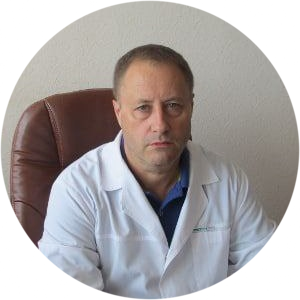
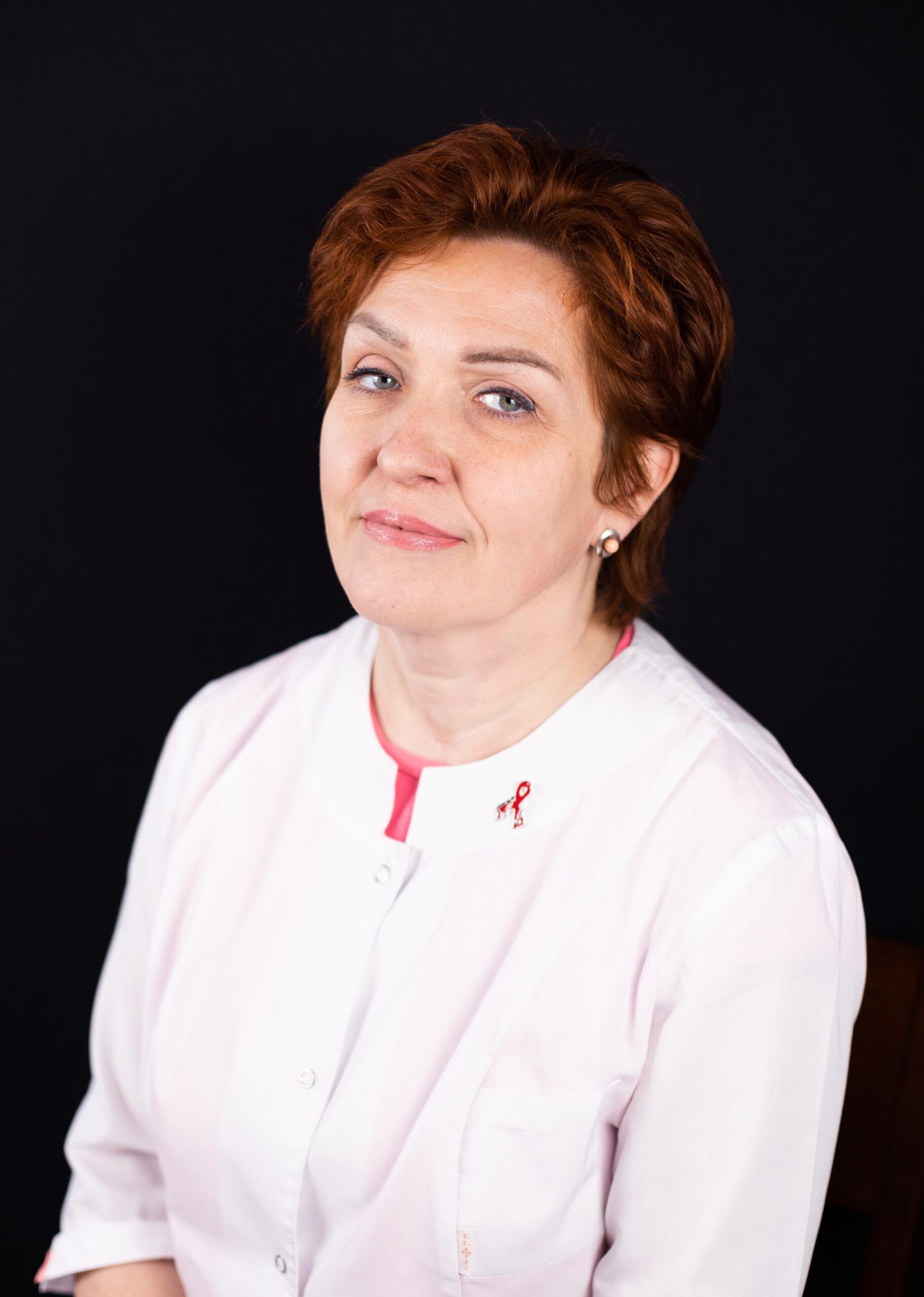
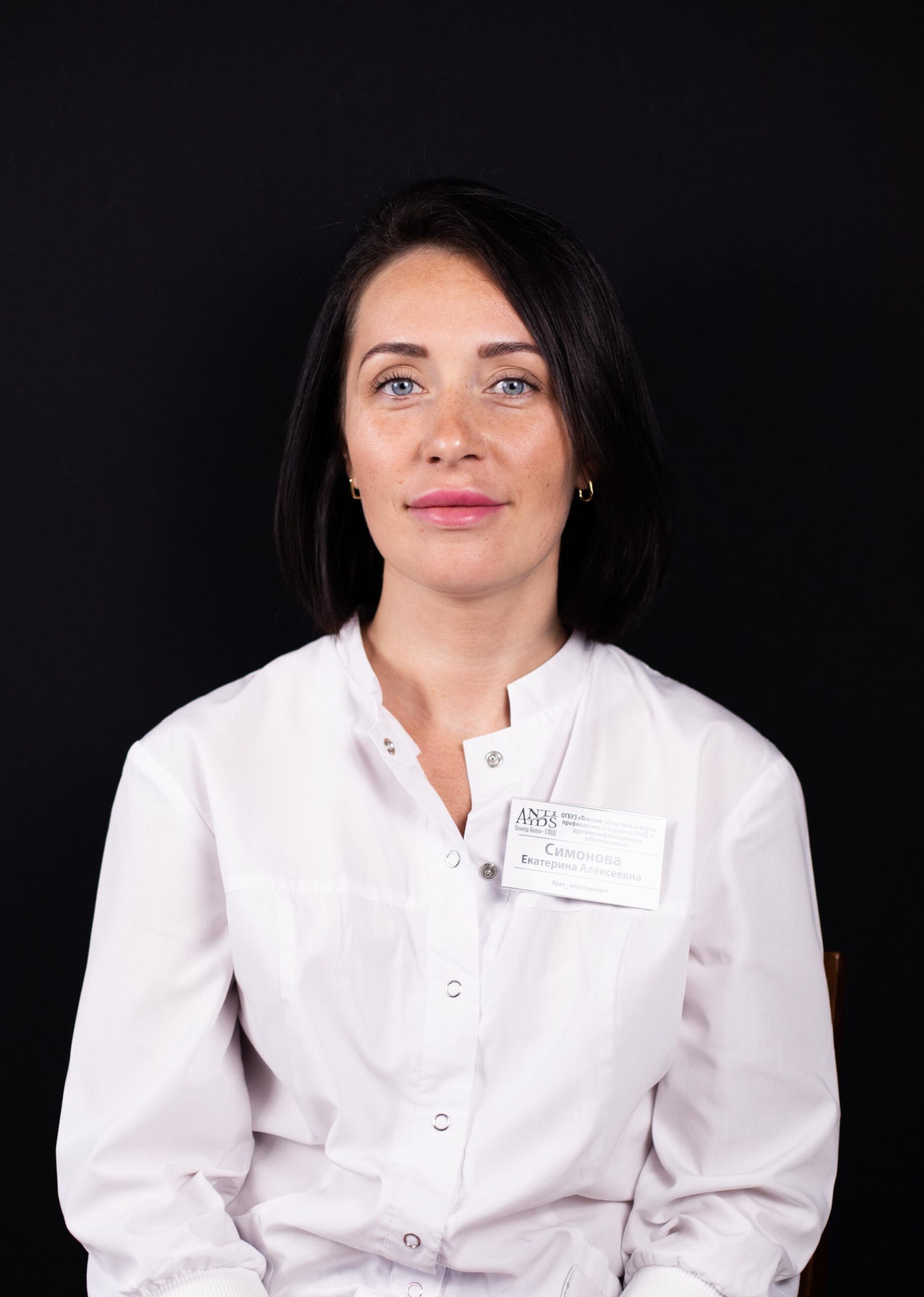
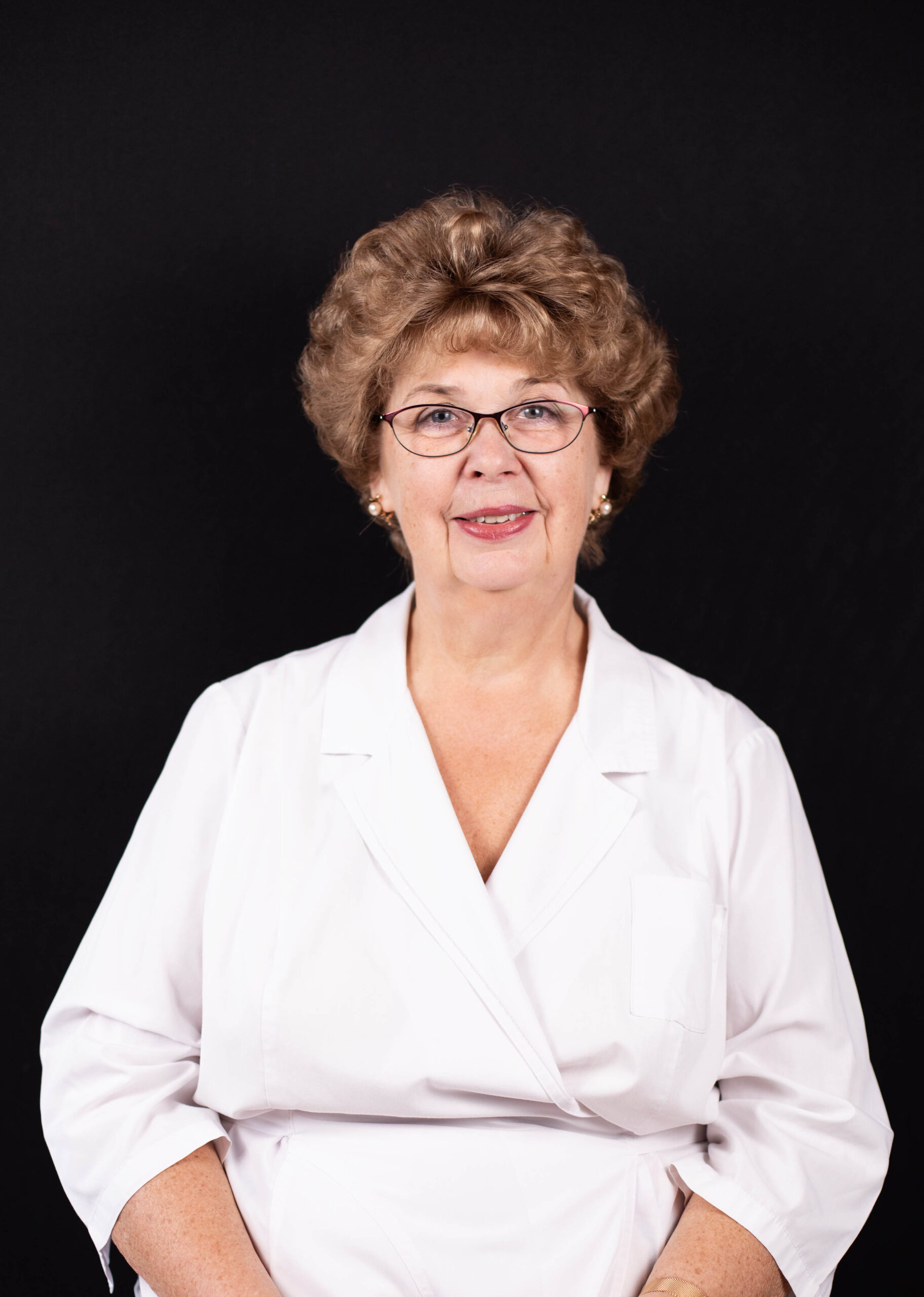
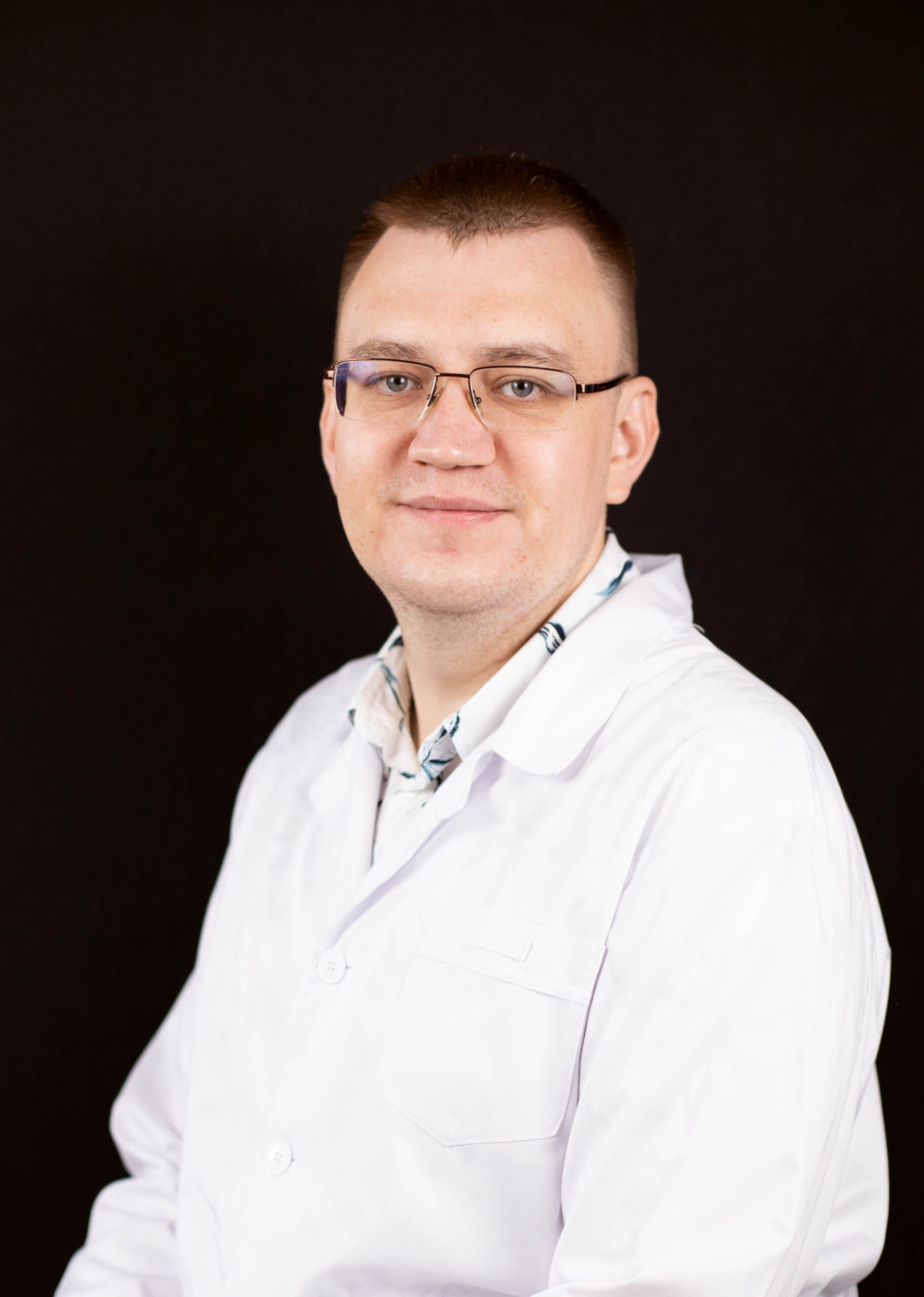

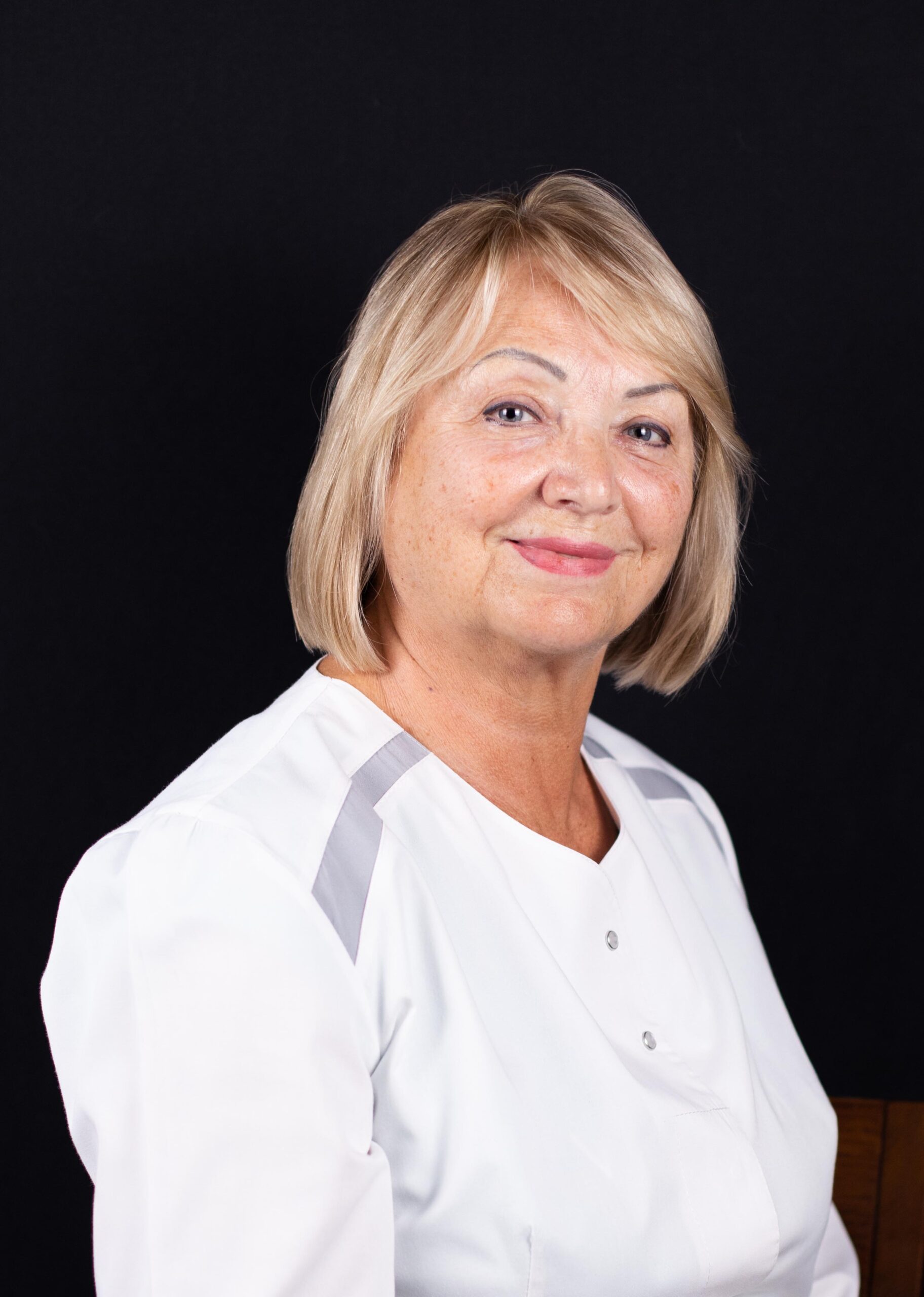
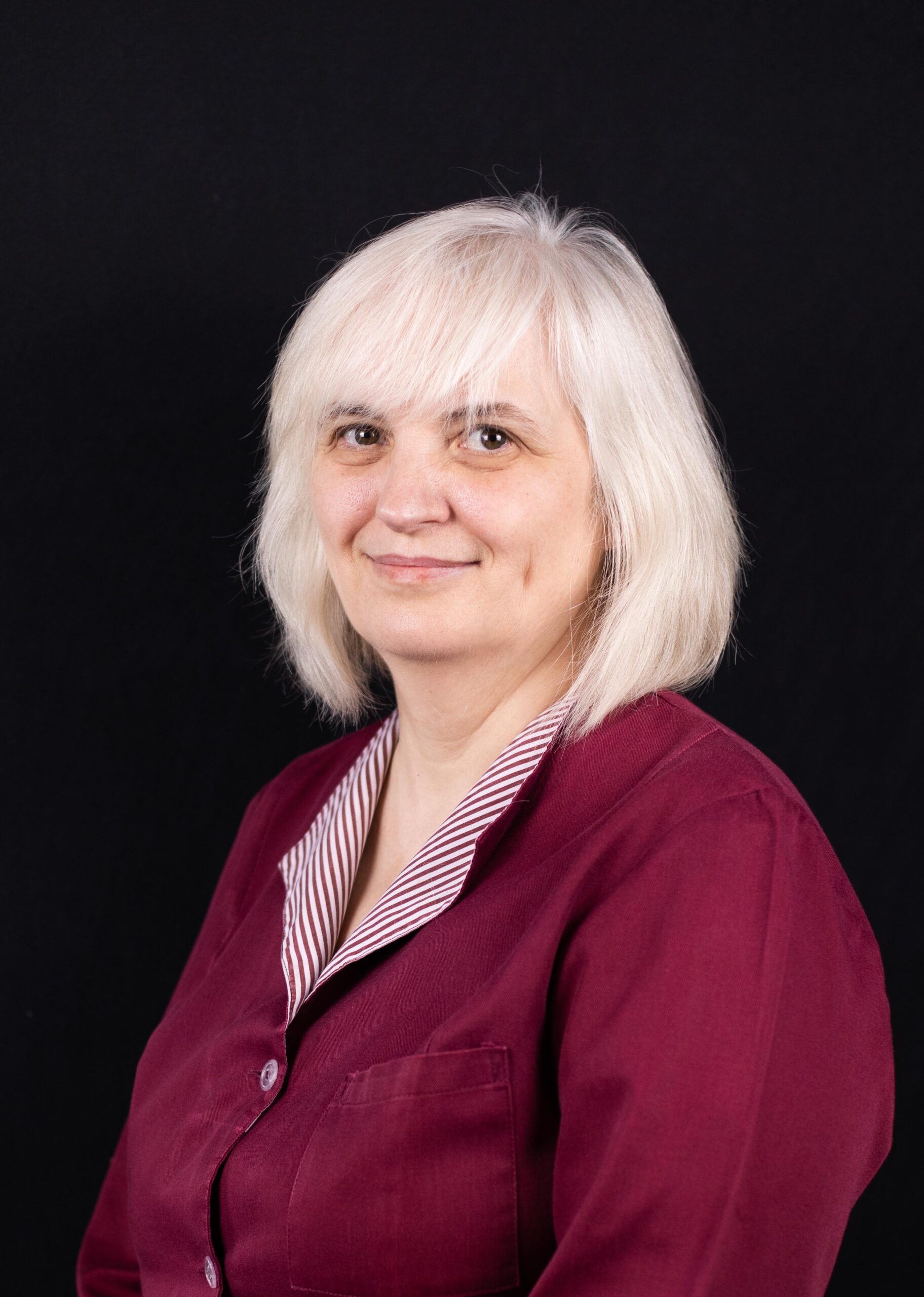





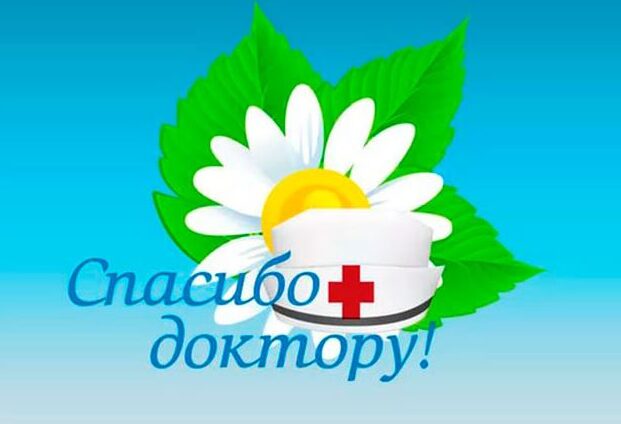

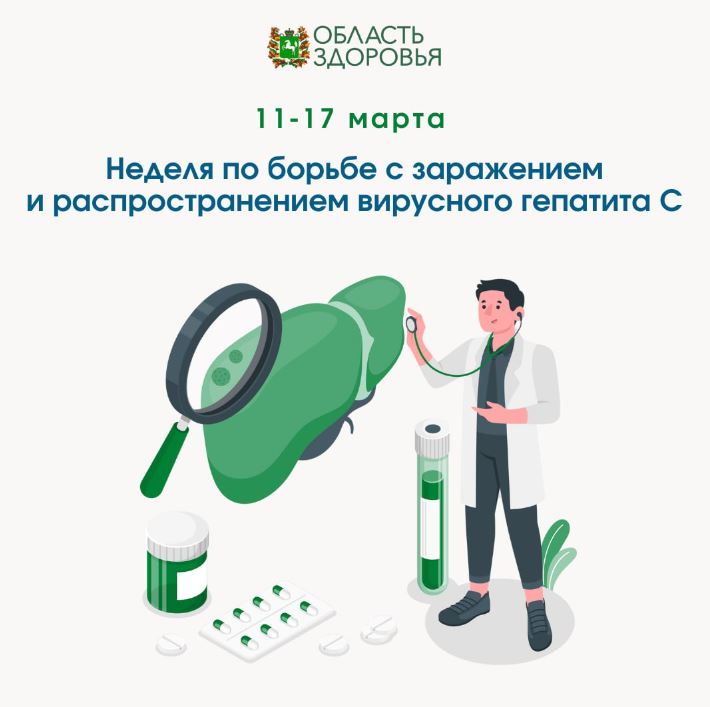
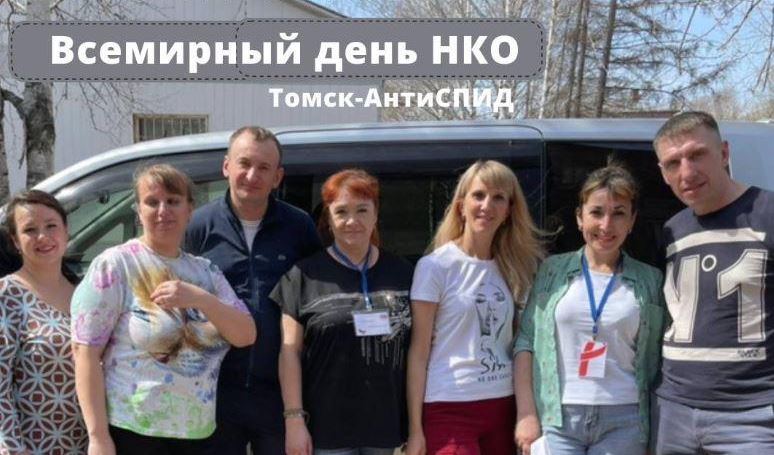
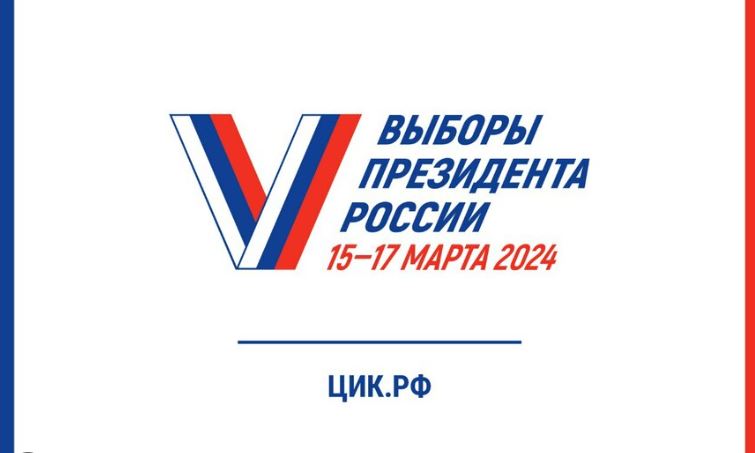







.svg)
 12 вопросов
12 вопросов 3 минуты
3 минуты


